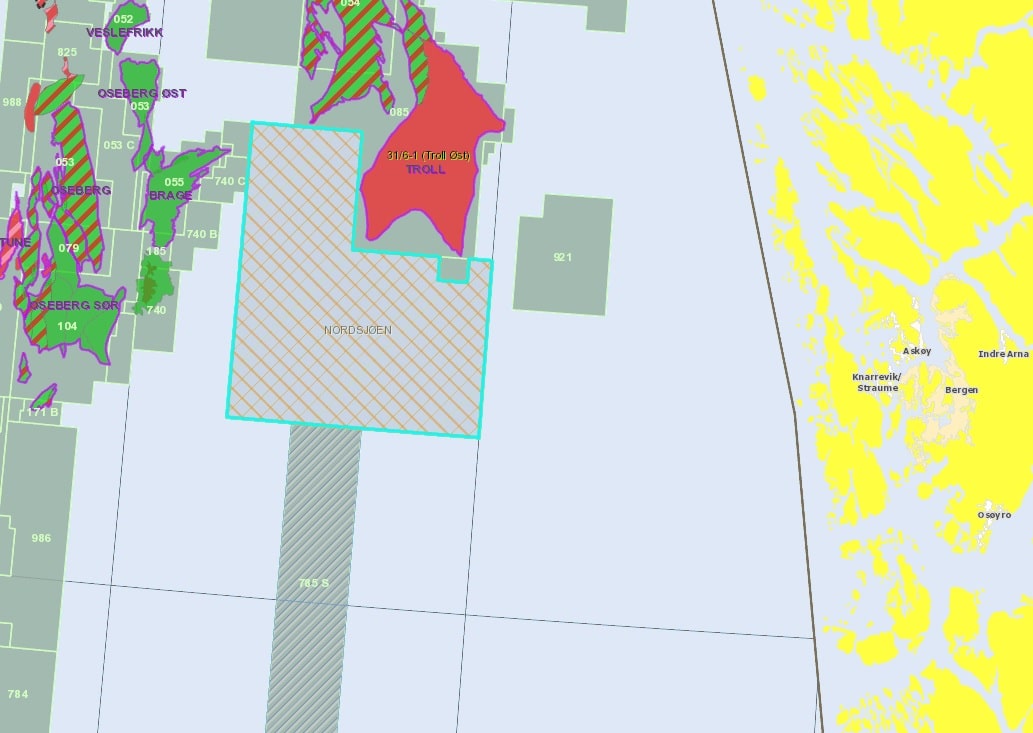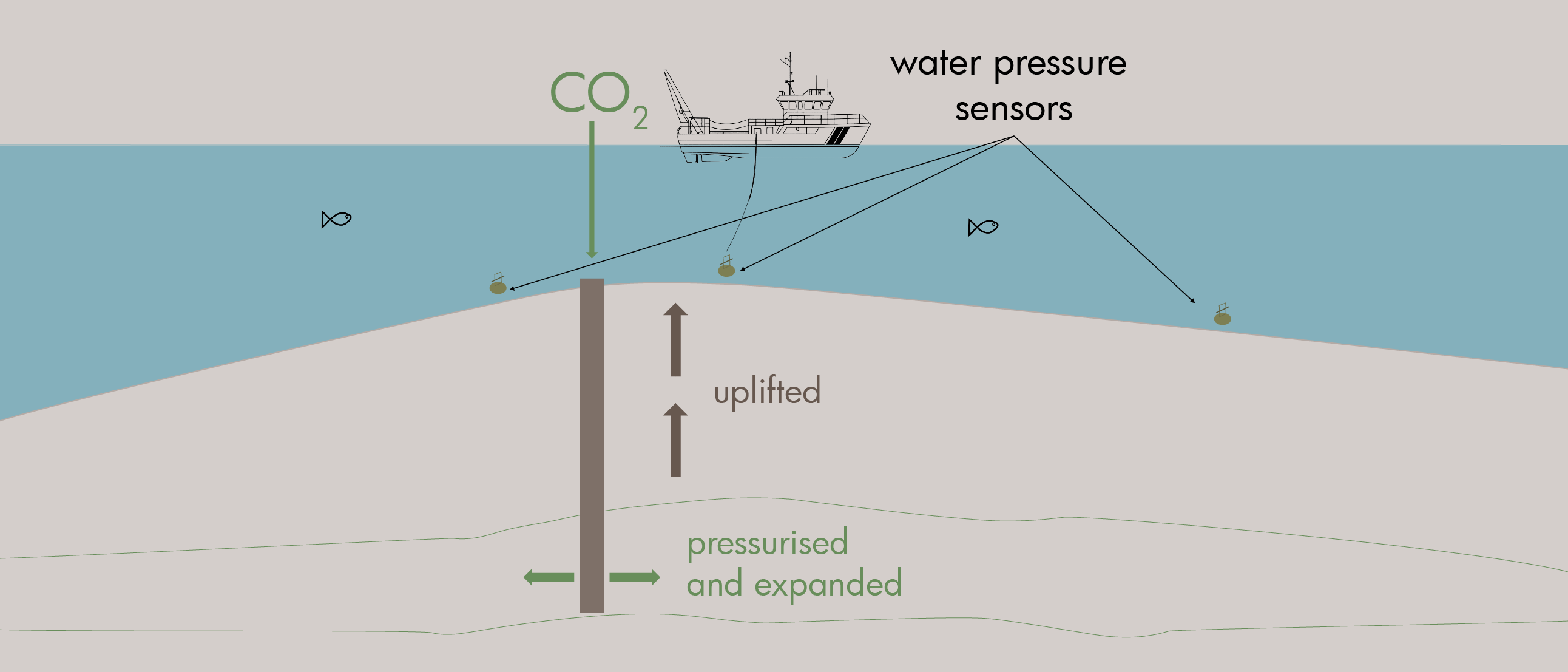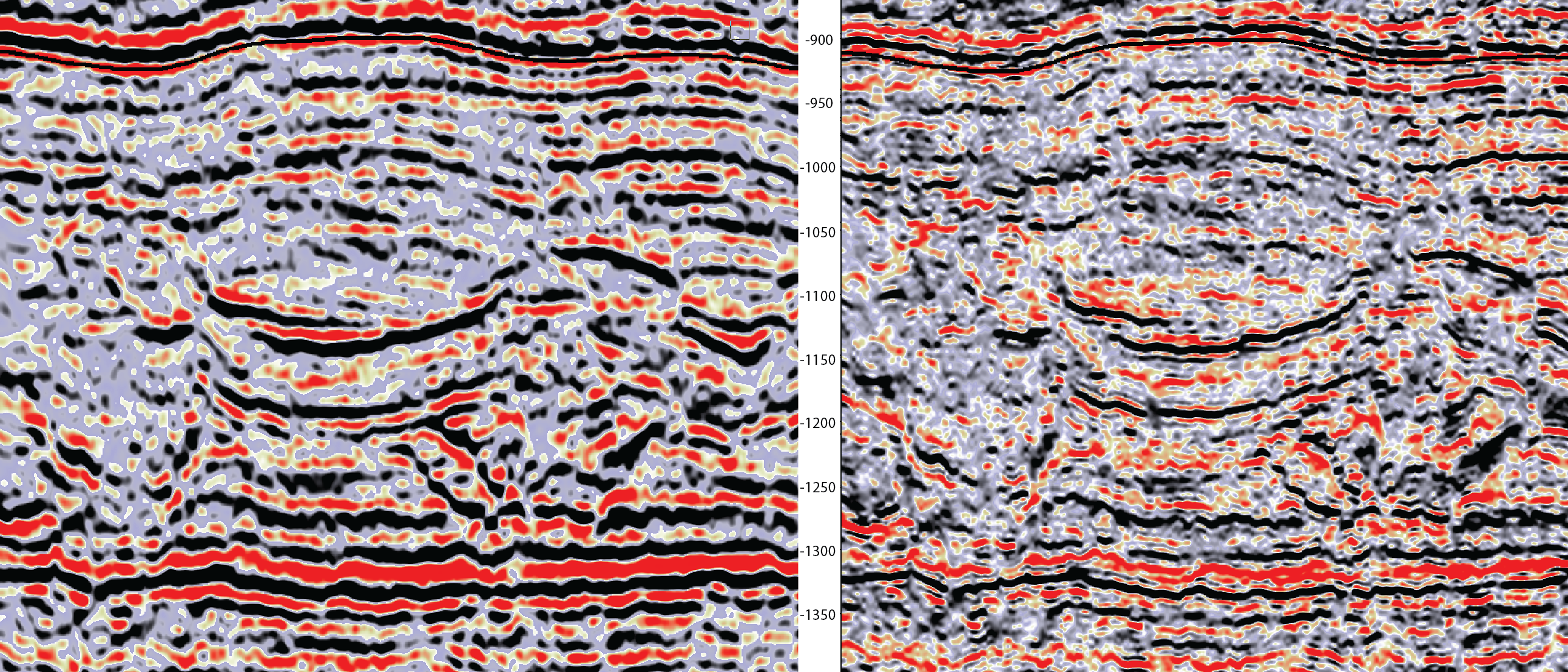Through the Northern Lights project, Equinor (operator), Shell and Total are going to drill exploration well 31 / 7-7 Eos in Exploitation License 001 (Exploitation License EL001).
The aim is to investigate whether the reservoir in the Johansen Formation south of the Troll field is suitable as a CO2 storage.
It has long been predicted that the Norwegian continental shelf in the North Sea could become a massive future storage for CO2 for several of the largest emission sources in Europe.
In 2017, this project took a major step forward when Equinor was awarded a contract with the state-owned enterprise Gassnova to lead the work on realizing CO2 storage from the industry on the Norwegian continental shelf.
Later that year, the oil companies Shell and Total were incorporated as new partners in the project.
Northern Lights is designed in such a way that storage volumes can be increased over time as more emission sources in Norway or in Europe are included in the project.
If the well shows good reservoir properties, and it is later decided to use the formation as CO2 storage, the first CO2 injector will be drilled as a sideline from the exploration well, the NPD writes in a press release.
The Johansen Formation
The Johansen Formation on the Norwegian continental shelf has been designated as the most suitable CO2 reservoir.
It is a so-called aquifer, that is, it is porous and aquatic, and consists of an up to 80 meter thick layer of sandstone covering a large area of the Norwegian coast to the Troll field.
The overlying Draupne formation (slate) will act as a seal.
During the CLIMIT conference in Oslo earlier this year, Sverre Overå in Equinor was able to tell more about the business aspect of this somewhat unusual project.
– Unlike our usual projects, where we have a defined product and market, this does not exist in this case. Neither CO2 nor the reservoir is the product. And there’s no established market, that’s what we’re creating these days, Overå said.
According to Overå, CO2 will be transported by boat to the land facilities to be built in Øygarden outside Bergen. Then the gas should be sent with pipes out onto the shelf and down into the underground.
– The fact that we can receive CO2 by ship means that emitters in much of Europe can take advantage of our offer. Distance is not a problem. We have actively gone out and contacted potential customers and are experiencing increased interest.

In addition to the many potential customers on the continent, Norwegian industries will also be able to store CO2 on the shelf. Norcem’s cement plant in Brevik, the waste facility at Klemetsrud and a Yara plant in Porsgrunn have all been considered.
The Northern Lights project has been propelled through close collaboration between industry and academia. Researchers at the Department of Geosciences (UiO) and the Norwegian Geotechnical Institute have contributed significantly through better understanding of the structural structure in the area.
Read more about this on geoforskning.no (in Norwegian)
The authorities granted Equinor and the partners a utilization permit for CO2 storage in January this year. Northern Lights will deliver a plan for development and operation (PDO / PAD) this spring.
If the development plan gets a green light, Northern Lights has committed to store 1.5 million tonnes of CO2 annually for the government for 25 years.
CLIMIT is the national program for research, development and demonstration of CCS technology. The program is administered by Gassnova in collaboration with the Research Council of Norway.
The well will be drilled by the West Hercules rig (which can be followed here).





